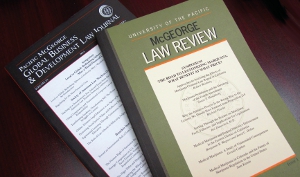Document Type
Article
Publication Date
2013
Abstract
This Article relies on several cases that demonstrate how aesthetic functionality can be used to suppress the cumulative excesses of trademark law. Based on those cases, this Article first proposes that functionality be used to police the boundary of copyright and trademark to prevent trademark protection of subject matter ordinarily protected by copyright law or in the public domain. Second, this Article asserts that aesthetic functionality is used in its defensive sense to relieve some alleged infringers or diluters from trademark infringement or dilution. Finally, this Article argues that functionality can be used as a policy lever to exempt certain subject matter from trademark protection in industries where that subject matter is fundamental to innovation in that field. Again, these three uses of functionality should be moored to the protection of competition.
The first section is a brief introduction. The second section discusses the troubling nature of trademark law and its cumulative excesses. The third section provides a discussion of the functionality doctrine with an emphasis on aesthetic functionality. The fourth section analyzes three new roles for aesthetic functionality to restrain trademark law’s cumulative excesses. Finally, a brief conclusion is offered.
Publication Title
Texas Intellectual Property Law Journal
ISSN
1068-1000
Volume
21
Issue
2
First Page
155
Recommended Citation
Michael S. Mireles Jr.,
Aesthetic Functionality,
21
Tex. Intell. Prop. L.J.
155
(2013).
Available at:
https://scholarlycommons.pacific.edu/facultyarticles/534




